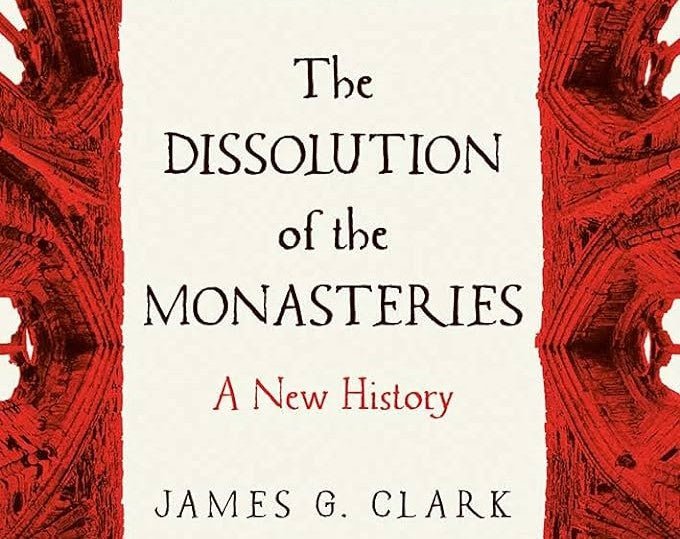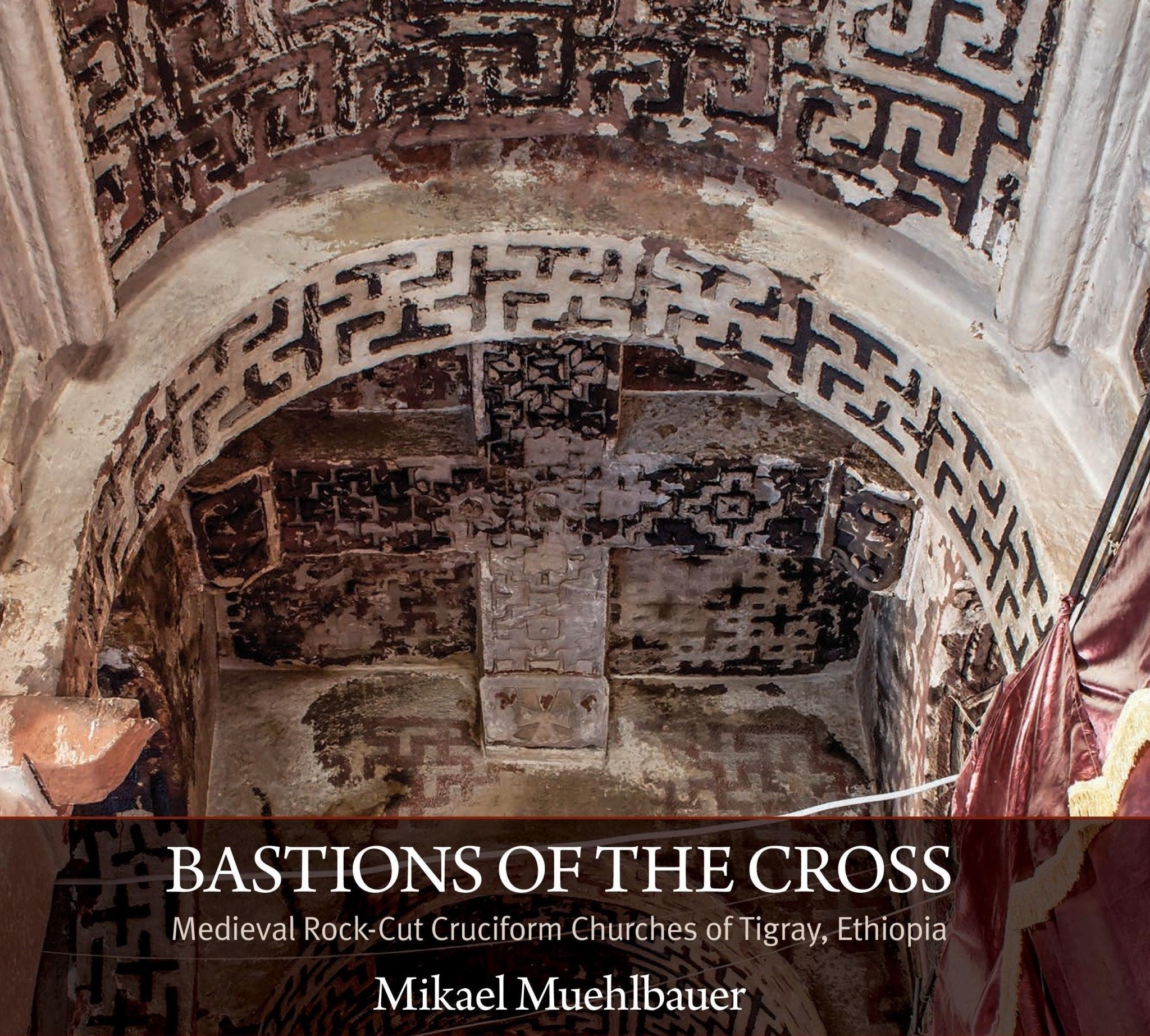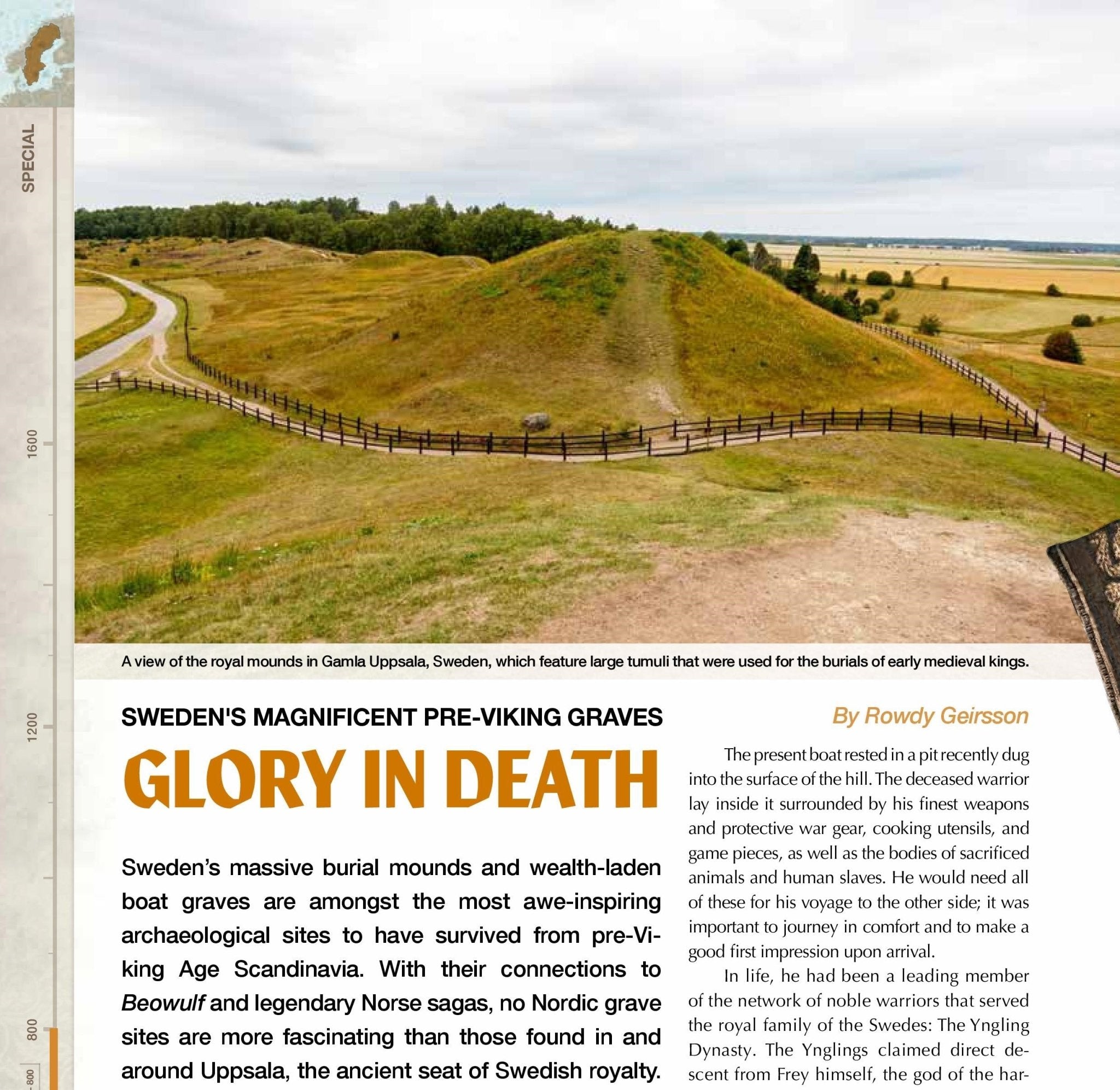MW IV.6
 The final month of 2014 is almost upon us, and so our final issue of this year will almost arrive at our distribution center (around the 1st of December). Medieval Warfare IV-6 focuses on a less well-known episode in Byzantine history: the conflict between Byzantines and Lombards in Italy during the sixth-eight centuries. The Byzantine-Lombard Wars may not have been as spectaculair as the Gothic Wars, with several grand battles conducted by famous generals, nor as crucial for the continued existence of the Byzantine Empire as the wars against Arabs or the Bulgars. Having said that, the Lombard-Byzantine conflict was a defining moment in Byzantine history, and especially important for the future of Italy. The Wars would not only lead to the end of Byzantine hegomony in Italy, but they also helped in widening the gap between the pope and Catholic Italy on the one hand, and the Emperor and Greek Constantinople on the other, thus paving the way for the emergence of new Romano-German Christian realms in the West. This important chapter in medieval history has been turned into another fascinating issue of Medieval Warfare, so make sure you don’t miss it.
The final month of 2014 is almost upon us, and so our final issue of this year will almost arrive at our distribution center (around the 1st of December). Medieval Warfare IV-6 focuses on a less well-known episode in Byzantine history: the conflict between Byzantines and Lombards in Italy during the sixth-eight centuries. The Byzantine-Lombard Wars may not have been as spectaculair as the Gothic Wars, with several grand battles conducted by famous generals, nor as crucial for the continued existence of the Byzantine Empire as the wars against Arabs or the Bulgars. Having said that, the Lombard-Byzantine conflict was a defining moment in Byzantine history, and especially important for the future of Italy. The Wars would not only lead to the end of Byzantine hegomony in Italy, but they also helped in widening the gap between the pope and Catholic Italy on the one hand, and the Emperor and Greek Constantinople on the other, thus paving the way for the emergence of new Romano-German Christian realms in the West. This important chapter in medieval history has been turned into another fascinating issue of Medieval Warfare, so make sure you don’t miss it.
 Due to the nature of warfare during this period, with a limited number of staged battles and focusing mostly on raids, skirmishes and sieges, the articles are mostly devoted to the important campaigns conducted by both sides. The introduction by Erich Anderson covers the historical events which would lead to the Byzantine-Lombard Wars, including a (very general) overview of what happened between the moment the Lombard Kingdom in Italy was established in 568, and 751, the year that the Byzantine Exarchate of Ravenna would fall. This is followed by three articles covering three major episodes of the conflict. The first of these, the Byzantine-Frankish counterattacks at the end of the sixth century, are discussed by Sidney Dean, who goes on to prove that any attempt to reclaim lands from the Lombards was doomed to fail, despite some initial successes. This was mostly due to military events outside of Italy. However, this is not to say that the Lombards were incapable of mounting attacks themselves, as is shown in the second campaign-article, written by expert Nicola Bergamo, on the campaigns of Lombard King Rothari, who managed to conquer most of northern Italy in only a few years time. Filippo Donvito then proceeds to show that, by the time Emperor Constans II managed to equip a large army to defeat the Lombards in the middle of the seventh century, the tide had already turned in favour of the Lombards. Constans’ attempt to move the capital of the Byzantine Empire from Constantinople to Sicily certainly did not help. For more information, I can only advise you to read the article yourself.
Due to the nature of warfare during this period, with a limited number of staged battles and focusing mostly on raids, skirmishes and sieges, the articles are mostly devoted to the important campaigns conducted by both sides. The introduction by Erich Anderson covers the historical events which would lead to the Byzantine-Lombard Wars, including a (very general) overview of what happened between the moment the Lombard Kingdom in Italy was established in 568, and 751, the year that the Byzantine Exarchate of Ravenna would fall. This is followed by three articles covering three major episodes of the conflict. The first of these, the Byzantine-Frankish counterattacks at the end of the sixth century, are discussed by Sidney Dean, who goes on to prove that any attempt to reclaim lands from the Lombards was doomed to fail, despite some initial successes. This was mostly due to military events outside of Italy. However, this is not to say that the Lombards were incapable of mounting attacks themselves, as is shown in the second campaign-article, written by expert Nicola Bergamo, on the campaigns of Lombard King Rothari, who managed to conquer most of northern Italy in only a few years time. Filippo Donvito then proceeds to show that, by the time Emperor Constans II managed to equip a large army to defeat the Lombards in the middle of the seventh century, the tide had already turned in favour of the Lombards. Constans’ attempt to move the capital of the Byzantine Empire from Constantinople to Sicily certainly did not help. For more information, I can only advise you to read the article yourself.

Throughout the issue, various articles cover topics related to the Byzantine-Lombard conflict. An important contribution was made by James Gilmer, whose article on the Strategikon of Emperor Maurice shows how the Byzantine military commanders were carefully instructed in the art of war. The degree of depth and detail of the source is striking. It’s a shame that James only had room for so few examples, but the ones which are included show how advanced the Byzantine military really was. Nonetheless, they weren’t able to defeat the Lombard. As said, this was partially due to military events elsewhere, but an equally important role was played by the Lombards themselves. Gabriele Esposito devoted his article to the Lombard army, whose warriors were equipped with a range of deadly weapons and protected by well-crafted defensive equipment. What is more, he discusses how the army and its warriors slowly adapted their tactics and style of warfare to their enemies, incorperating many different elements from Byzantines and other Germanic peoples alike. Last but not least, Federico Zorzenon has the honour of having written the first ‘The Reenactor’ article in Medieval Warfare magazine, which shows a heavy Lombard infantrymen of the mid-seventh century. Of special interest to some may be that he chose leather defensive equipment instead of the usual metal (You’ll have to read the article itself for the details).
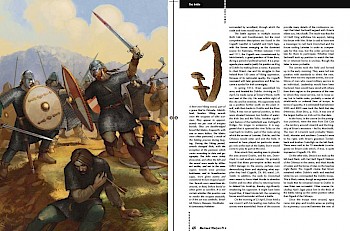
As for our non-theme articles, the Battle of Clontarf celebrated its 1000th anniversary this year, which was ample reason for us to ask new author and specialist Kerry Cathers to write an article on the battle between Brian Boru (whose army included Viking warriors as well) and his equally Irish-Viking opponents. Kerry has turned it into a truly fascinating article, combining detailed information about Irish politics at the time with a carefully researched account of the battle. Gareth Williams once again took up his role as our unofficial weapon-specialist, this time focusing on the hand-and-a-half sword, in the process shedding some light on the development of medieval swords in general as well. Medieval Warfare IV-6 closes with an On the co
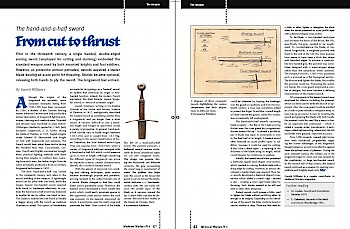 The issue’s final regular article is written by another new author, Joanna Arman, and deserves a special mention. In a ‘The Debate’ like article, Joanna proves that Henry V’s Agincourt campaign was not motivated by any religious extremism on Henry’s part, as was recently suggested by a certain scholar, but instead was driven by motivations which would be perfectly natural in any fifteenth-century ruler. Joanna’s account is very detailed and based on a careful study of several medieval sources. Moreover, it is meant as a sort of teaser for all our readers who eagerly await our 2015 Special, which will focus on the Battle of Agincourt. ver article, written by Gabriele Esposito, which discusses the Izola Rizza dish.
The issue’s final regular article is written by another new author, Joanna Arman, and deserves a special mention. In a ‘The Debate’ like article, Joanna proves that Henry V’s Agincourt campaign was not motivated by any religious extremism on Henry’s part, as was recently suggested by a certain scholar, but instead was driven by motivations which would be perfectly natural in any fifteenth-century ruler. Joanna’s account is very detailed and based on a careful study of several medieval sources. Moreover, it is meant as a sort of teaser for all our readers who eagerly await our 2015 Special, which will focus on the Battle of Agincourt. ver article, written by Gabriele Esposito, which discusses the Izola Rizza dish.
The issue is now available for pre-order, which would save you 15 %, or you can go for the even cheaper option of buying a subscription. In case you missed it, the back issues of Volume I and II are now also available in digital form, for those of you with limited finances and/or limited room on the shelves.

